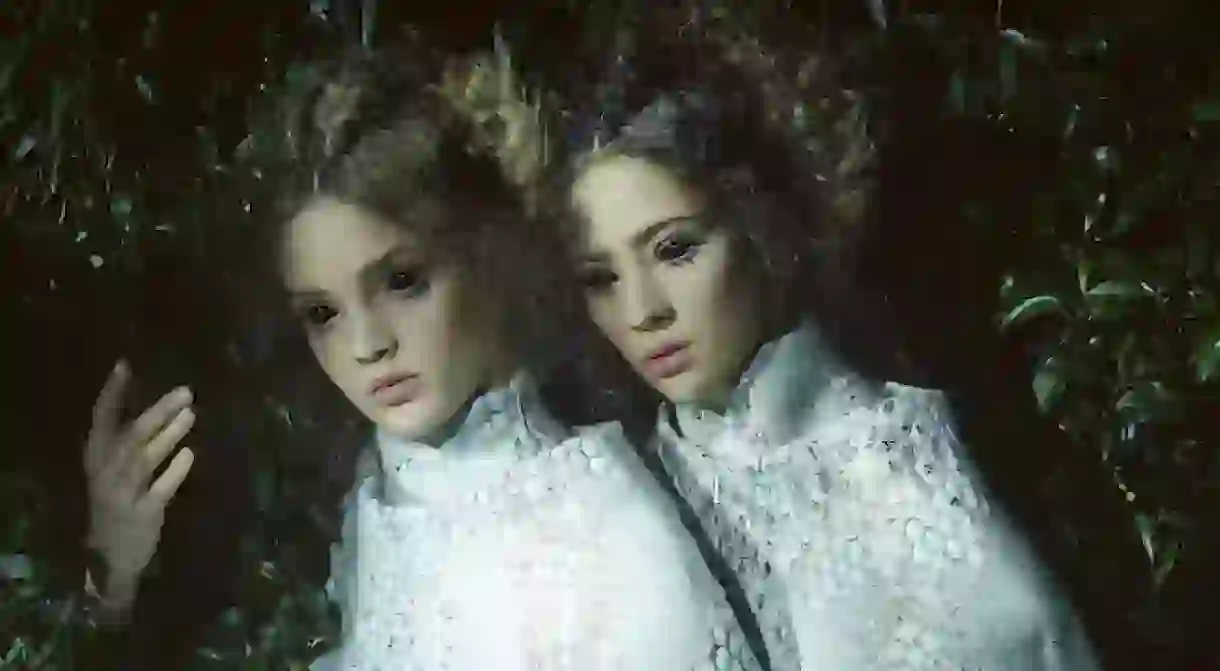Inside the Surreal World of Designer Dorhout Mees

As part of our Behind the Seams series, we catch up with designer Esther Louise Dorhout Mees ahead of her SS17 show at Paris Fashion Week.
Dutch designer Esther Louise Dorhout Mees worked with Tommy Hilfiger and Bruuns Bazaar before launching her own eponymous label in 2010. The brand takes a sculptural approach to femininity, playing with exaggerated silhouettes that accentuate the female form. As such, Dorhout Mees has come to be synonymous with innovative juxtapositions of both shape and textile, working with a rich variety of materials to create avant-garde designs. We catch up with Esther to delve into her creative process, and find out why SS17 will be the most electrifying collection yet.
Culture Trip (CT): How do you begin the creative process for each collection?
Dorhout Mees (DM): There are always things that tend to capture my attention at a certain moment in time. Whenever these stay with me for a longer period of time, I take a closer look, and they tend to eventually turn into collections. I love the moment when I start with a pencil and white paper, anything can still happen. Then from one moment to the next you create something, where before there was nothing. That feels like magic to me.

CT: What were your influences and inspirations for SS17?
DM: The strike of lightning on a human being, and what that then looks like on a person. This blast of electricity moving through the human body leaves these unbelievable scars on the skin. They are so dark on the one hand but beautiful at the same time, almost delicate, and so different from each other each time. It is where the electricity moved through matter and found the path of least resistance. That inspired me to look closer at the marks and scars on the skin and the movement of light, heat and electricity through matter, and what effect it has on that material. For instance, for the jewellery I wanted to create a second layer of skin, made of silver where electricity was put through, so it created these almost rainbow-like oxidation in the material, that you then water on your skin.
CT: Your designs are typically quite sculptural and dynamic, how did your develop this aesthetic?
DM: It was very instinctive. What I love about creating fashion is that it is worn on the human body, which moves and has shapes and a life of its own. So I always felt my story, the one that I am creating, is a duet with the body of a woman. Together we create the design. Also I love contrasts, in shape, silhouette, material and colour – it makes for a certain tension which is interesting to me.

CT: What are your favourite materials to work with?
DM: I love working with natural materials – silks, wools, cashmere – but I also love to create materials and work with ‘un-wearable’ materials to make them useable.
CT: Do you ever find the legacy of couture and high fashion in Paris oppressive?
DM: Actually I never felt that way. Paris has always been an inspiration to me. I love the richness of the history of fashion that lives here. It is something to learn from, either to incorporate or completely disregard, but in any case you need that history to do either of those things. I love it and feel so blessed to be a small part of it now.

CT: What have been the biggest challenges in your career?
DM: There have been many challenges, and they always change. At some point it was to stop working for other big fashion houses, and start my own. Then it was creating my own story, then it was showing it to the public for the first time. Then it moved to telling my stories internationally… I think it is good to never linger too long on one or the other, just to keep moving. Fashion is such an intangible, constantly moving subject and I tend to keep moving along with it.
CT: What are your plans for the rest of 2016?
DM: This is my second show at Paris Fashion Week and that is occupying my world right now. Shortly after, I will be thinking of the next story – maybe a week of quiet first – but soon after I’m sure I will wake up in the middle of the night with a whole set of new ideas, stop sleeping and start drawing the first of them in my nightstand sketchbook.














